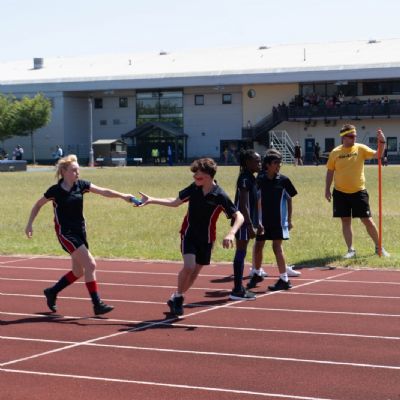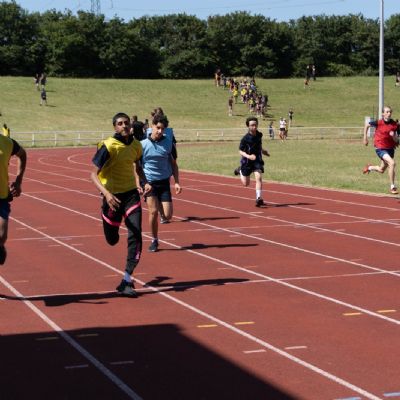House System
The House System was first launched at Glenthorne in September 2015. Your son/daughter be placed in one of four Houses. The aim of the House system is to ensure that all pupils feel part of the wider school community. Each House is led by a Head of House who has responsibility for promoting and developing engagement in extra curricular activities for the pupils in their House.
As member of a House, pupils will have the opportunity to compete against pupils in other Houses in Sports, the Arts and other subjects. All siblings are placed in the same House. The Houses are all named after inspirational people who have a connection with the local area.
Glenthorne Student Houses
|
Morris House – Meticulous & Pioneering |
Morris was an English textile designer, poet, novelist, translator, and socialist activist. Associated with the British Arts and Crafts Movement, he was a major contributor to the revival of traditional British textile arts and methods of production. His literary contributions helped to establish the modern fantasy genre, while he played a significant role in growing the early socialist movement in Britain. Morris is recognised as one of the most significant cultural figures of Victorian Britain; though best known in his lifetime as a poet, and known for his meticulous and pioneering approach. |
|---|---|
|
Rollason House - Courageous & Resilient |
Helen Frances Rollason MBE was a British sports journalist and television presenter, who in 1990 became the first female presenter of the BBC's sports programme Grandstand. She was diagnosed with cancer in August 1997, which she was told had also spread. She was initially given three months to live, but confounded medical opinion by courageously fighting the disease long after that. Rollason continued to work throughout her illness, she cited her work as the thing that had kept her going. |
|
Seacole House – Charitable & Brave |
Her father was a Scottish soldier, and her mother a Jamaican. Mary learned her nursing skills from her mother, who kept a boarding house for invalid soldiers. In 1836, Mary married Edwin Seacole but the marriage was short-lived as he died in 1844. In 1854, Seacole travelled to England asking to be sent as an army nurse to the Crimea, she was refused. Undaunted Seacole funded her own trip and established the British Hotel near Balaclava to provide 'a mess-table and comfortable quarters for sick and convalescent officers'. She also visited the battlefield, sometimes under fire, to nurse the wounded, and became known as 'Mother Seacole'. Her reputation rivalled that of Florence Nightingale. |
|
Turing House – Truthful & Persistent |
Alan Mathison Turing OBE, born in 1912, was a British pioneering computer scientist, mathematician and ultra- distance runner. During the Second World War, Turing worked for the Government Code and Cypher School at Bletchley Park, Britain's code breaking centre. He was responsible for breaking the Nazi code. He was a homosexual and, in 1952, when homosexual acts were still criminalised he was prosecuted for committing a homosexual act. Despite this, Turing never denied his sexuality and his truthfulness has since been recognised as a great show of strength. |




